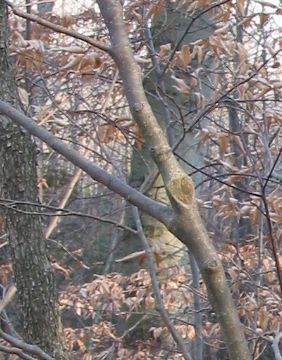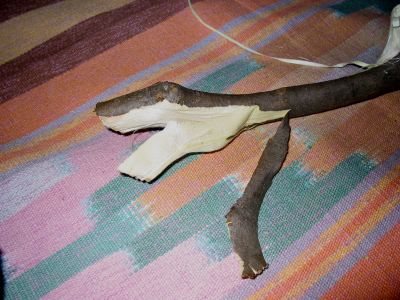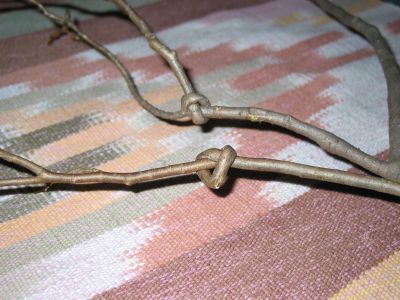|
|
Home →
Survival →
Cordage
Leatherwood Cordage
|
|
Leatherwood (Dirca palustris) grows deep in Ontario forests.
Its bark is exceptionally tough and pliable, making it ideal for emergency
survival cordage. I was first shown this plant many years ago when I was
18, on a winter survival weekend. I had never been able to find it again
until recently when a fellow plant enthusiast pointed it out to me.
In the spring it is first adorned with small, fragrant, yellow flowers, before
any leaves come out. Deer love to munch on the twig tips in the winter.
Here are some pictures of Leatherwood.
|
| |
|
In Winter.... |
|
|
|
|
|
Here are close-up pictures of the bark... |
|
|
| |
 |
And another, showing the characteristic
marks that show along its stems. |
|
| |
 |
This picture shows the bark fibers
separated.
There are at least two layers that can be used as cordage.
No special preparation is necessary. Simply strip the bark off.
(Of course, doing so usually kills or severely injures the plant!)
Once peeled off, use as cordage. It is as tough as leather, and
almost impossible to break! |
|
| |
 |
This picture dramatizes the pliability of
leatherwood. The branches can actually be tied into knots while
still alive!
The bark is extremely tough and durable, whereas the actual wood
inside is very weak, and breaks easily. However, with the bark still
on, the branches can be tied into knots without breaking. |
|
|
|
|
|